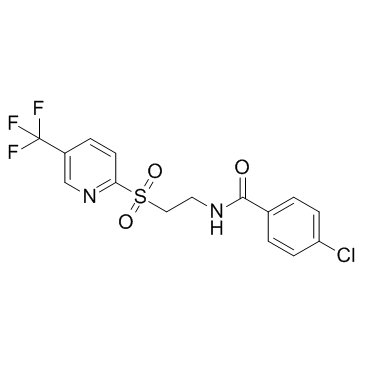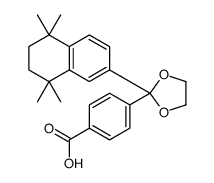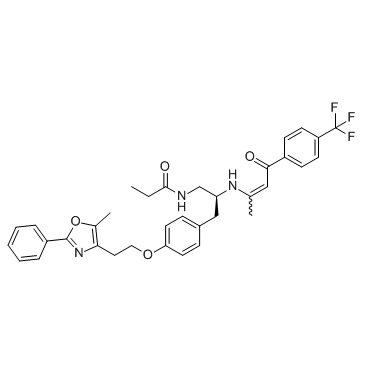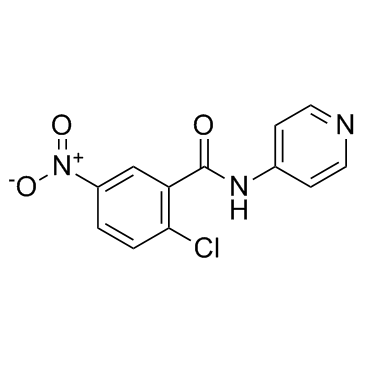| Structure | Name/CAS No. | Articles |
|---|---|---|
 |
GSK3787
CAS:188591-46-0 |
|
 |
SR 11237
CAS:146670-40-8 |
|
 |
Rosiglitazone
CAS:122320-73-4 |
|
 |
GW 6471
CAS:880635-03-0 |
|
 |
T0070907
CAS:313516-66-4 |